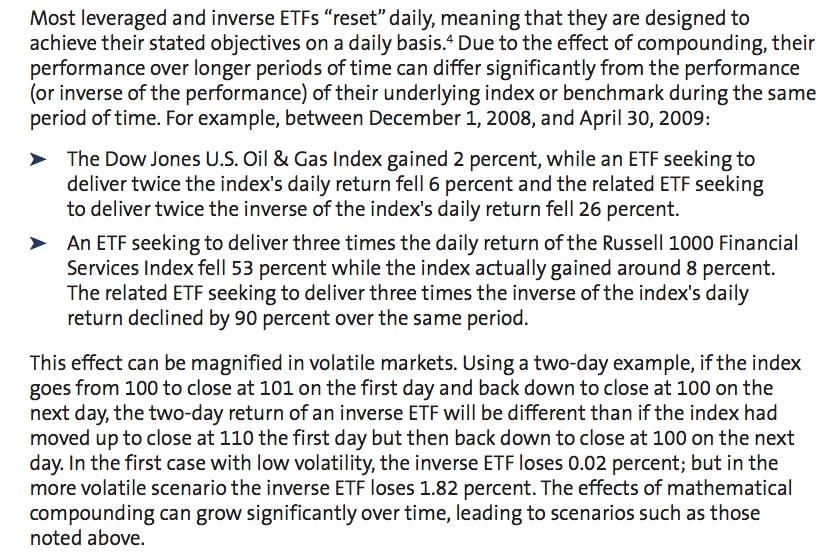Well, it looks like the masters of the universe on Wall Street haven’t quite learned their lesson… Are we surprised? Given the historic proportions of the impact and damages inflicted by the truly epic financial collapse of 2008, um, yeah…!
Alt Mutual Funds Take Up Where Derivatives Left Off
Creative Commons by CollegeDegrees360
For most of us ordinary mortals, all the hand-wringing that followed the collapse of our banking and mortgage system over too-complex financial products like derivatives and collateralized debt is still fairly fresh in our minds. Unfortunately, the allure of complexity and the money that tends to flock in its direction appears irresistible to bankers and ordinary investors alike. Enter the new and almost impenetrable darling of the investment world: alternative mutual funds.
According to Morningstar, the leading independent investment research agency, billions of dollars have recently found their way into these funds in effort to further diversify portfolios against market volatility. Currently, total assets in alt mutual funds hovers at around $234 billion. Just this year, around 55 new alt funds were introduced to market, bringing the total to 400 or so.
Not Your Grandfather's Mutual Fund
Alternative mutual funds may share the same last part of the name of traditional “mutual funds,” but don’t be deceived: these are not your grandfather’s (or even your father’s) mutual funds. Alt funds contain far more exotic strategies and asset mixes than their traditional counterparts, including hedging and leveraging through derivatives and short-selling. And while a thoughtful and well-balanced mix of holdings and strategies may sound like just the thing to counteract market volatility, these funds may conceal risks and fees that the unsophisticated and sophisticated investors alike may not be fully aware of. For more on alt mutual funds, click here.
Swimming with the Sharks
Creative Commons by Hermanus Backpackers
At any rate, it seems that part of the increasing popularity of alt funds lies in the entrance of certain massive hedge funds--entrance through the back door, that is--into the retail investment market. It was only a matter of time before these sharks figured out a way to bait ordinary investors. But that doesn’t change the fact that the products they are pushing out to market are hardly suitable for most investors--and barely understood by even the most well-versed professional investment advisors. There’s a reason why only accredited investors are permitted by law to invest in hedge funds: they’re unregulated and very, very risky. Thanks to alt mutual funds, however, it seems that hedge funds have found a nifty way out of their gilded regulatory ghetto. And while every product has its use, we reserve the right to worry over the arrival of yet another asset class that the vast majority of investors can scarcely grasp--and so soon after horrific consequences of the last incarnation of greed-meets-complexity put all in such a very deep, very dark hole.
If you or anyone you know has been the victim of broker misconduct or investment fraud, please contact us immediately for a free consultation at 1-855-462-3330.



